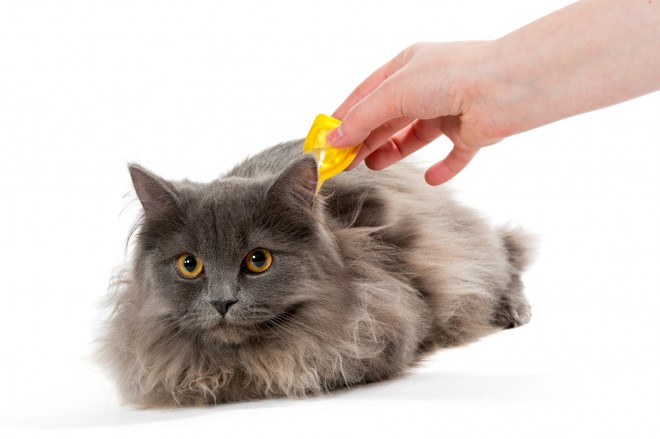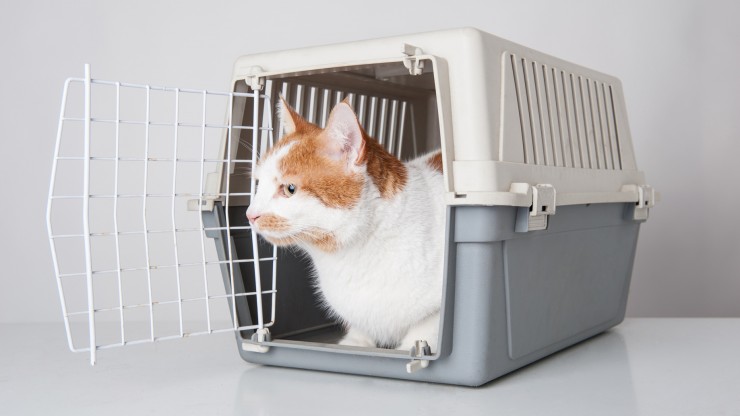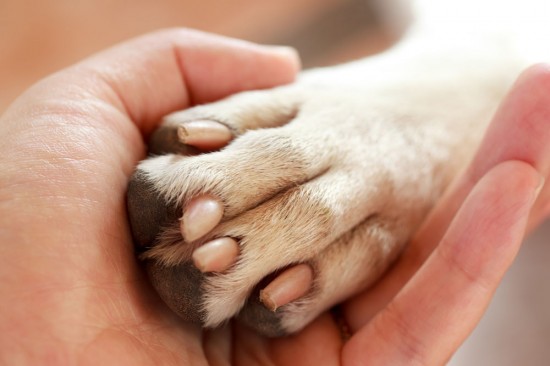Anemia is a condition connected to the red blood cells in the body and is something that affects humans but also affects cats. Here we look at the main types and symptoms to help owners spot a problem.
Anemia is a condition that people will hear about associated with other people but it is also a condition that can affect cats. It is a condition where the body has less red blood cells than are needed to carry oxygen to the tissues but most cats who have the illness live a long and healthy life providing they are correctly diagnosed.
Symptoms and causes
There are a number of symptoms that may indicate a cat is suffering with anemia and these include:
• Pale pink or white gums and tongue
• Low energy and generally weak, sleeping a lot
• Loss of appetite or weight loss
• Increased breathing rate or pulse
There are also a number of reasons why the condition can develop including the obvious ones such as a trauma or injury to the blood vessels. In addition, parasites such as hookworms or a severe flea infestation can cause anemia, as can the presence of certain tumors. Other diseases that cause blot clotting problems can bring on the condition as can autoimmune diseases. Chemicals or toxins can also cause anemia along with severe or chronic conditions such as kidney failure. Finally, a door diet can also lead to the illness.
Types
There are two types of anemia that affect cats; nonregenerative and regenerative. Nonregenerative anemia is when the cat’s bone marrow doesn’t produce the number of red blood cells the body needs either through a drop in the hormone that produces them or a problem with the bone marrow itself. The most common cause of this is feline leukemia virus but it can also be brought on by nutritional deficiencies, particularly a lack of iron; chronic inflammation or infection; tumours; liver disease or a hormonal disorder. Another subtype of the condition is called primary leukemia where abnormal white blood cells take over the red blood cells and cause anemia. Finally, myelofibrosis is a condition that causes the progressive failure of the bone marrow and also causes anemia.
Regenerative anemia is itself separate into two types. Both involve where the red blood cells either die or are lost too quickly and the bone marrow can’t replace them quickly enough, though it does still produce them. Hemolytic anemia is where the cat’s own immune system destroy the red blood cells in error and is the hardest type to spot, so many cats with this condition are not correctly diagnosed. It can be caused by problems with the immune system, diseases that involved small blood vessels, toxins, infection, a metabolic disorder or a disease inherited genetically.
Blood loss anemia is caused when the cat has bled and lost too many red blood cells. It can be caused in a number of ways including:
• Giving them drugs designed for humans or dogs such as aspirin, penicillin and antibiotics
• Trauma such as being hit by a car
• Toxins such as from the oak, red maple or a bracken fern
• Eating toxic foods such as onions and fava beans
• Contact with chemicals or heavy metal such as copper, zinc or lead
• Infections caused by bacteria and other organisms
• Inherited disorders of the red blood cells
Treatment
The treatment depends largely on which type of the condition the cat is diagnosed with and at what stage of life they are in. If you think there is even a chance your cat may be anemia, get in touch with your vet immediately to get a proper diagnosis.

 The Benefits Of Acemannan In Aloe Vera Plant And How It Can Help Your Pets
Herbal preparations have been used for mill
The Benefits Of Acemannan In Aloe Vera Plant And How It Can Help Your Pets
Herbal preparations have been used for mill
 How Different Chemical Flea And Tick Preventatives And Treatments Work
How Different Che
How Different Chemical Flea And Tick Preventatives And Treatments Work
How Different Che
 Health Issues More Commonly Seen In The Bouvier Des Flandres
Health Issues Mor
Health Issues More Commonly Seen In The Bouvier Des Flandres
Health Issues Mor
 Seven Common Mistakes Cat Owners Make When Transporting Their Cats
Seven Common Mist
Seven Common Mistakes Cat Owners Make When Transporting Their Cats
Seven Common Mist
 Winter Paw Care For Dogs
Winter Paw Care F
Winter Paw Care For Dogs
Winter Paw Care F